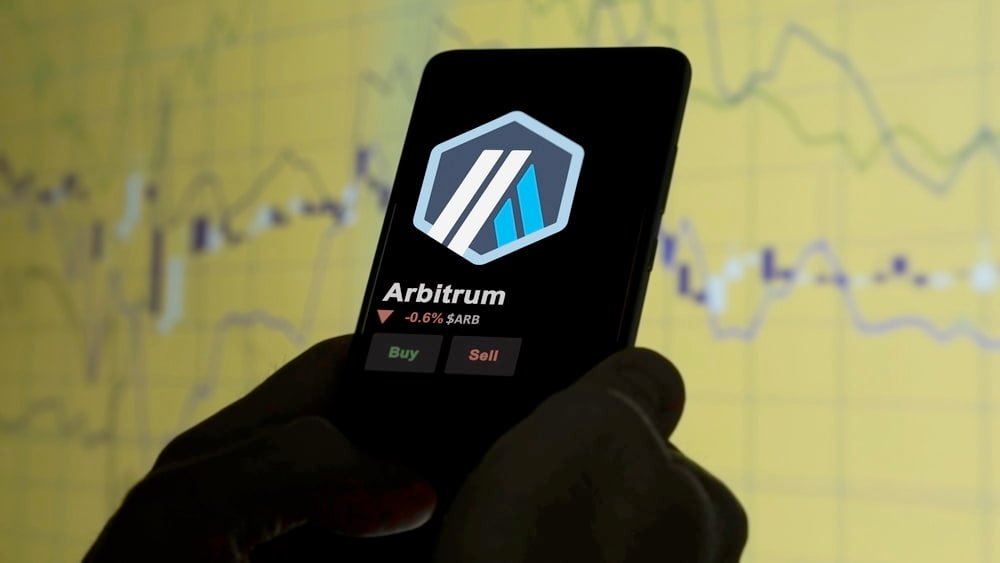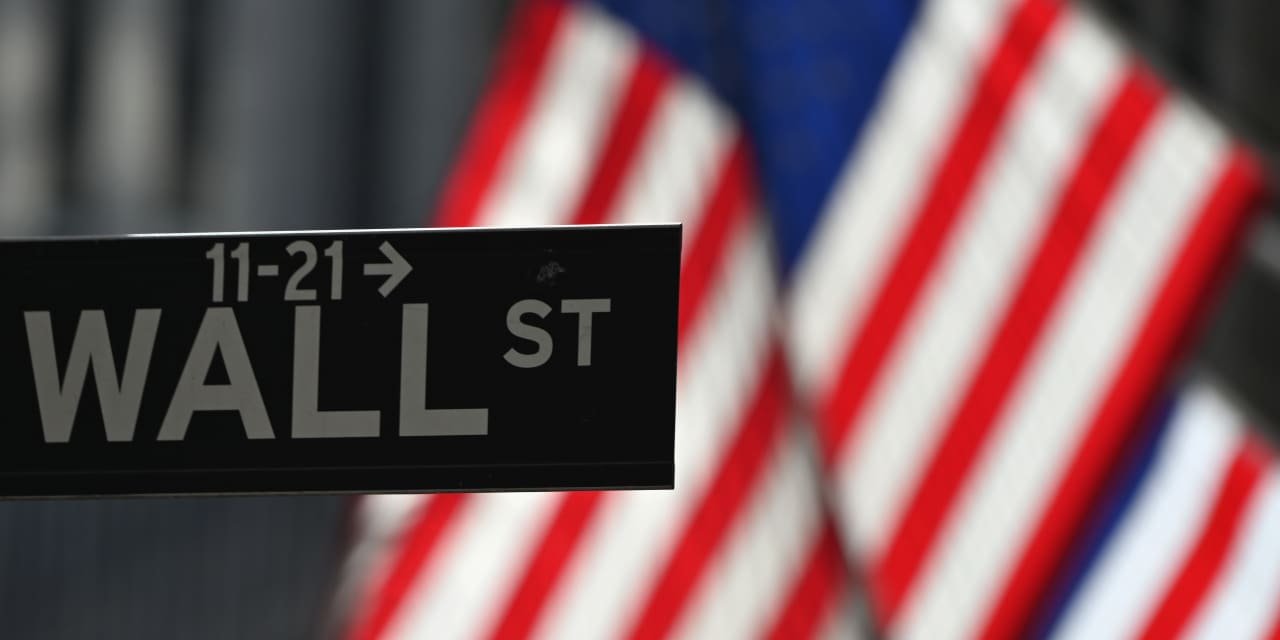The economy is key to many voters in their pick for president, but that fervor also makes it an attractive subject for distortions, misinformation, and oversimplification.
Nearly 8 in 10 U.S. voters say that the economy is one of the most important issues to them in this upcoming presidential election, according to an AP-NORC poll conducted in September. Although 66% of voters say the economy is very or somewhat poor, 6 in 10 also say their personal finances are good.
Millions have already cast their ballots through early or mail voting. But those who are still deciding between the two main candidates – Democrat Kamala Harris and Republican Donald Trump – have until Nov. 5 to wade through various myths and exaggerations to understand the state of the economy and each candidate’s record on related issues.
What is the state of inflation in the U.S.?
The most recent cycle of inflation reached its peak in June 2022 at 9.1%. Inflation has fallen considerably since then and to a more manageable 2.4% in September’s Consumer Price Index, a measure of inflation. Wage growth, meanwhile, has beaten inflation for more than a year. The Federal Reserve cut its key interest rate by half of a percentage point for the first time in four years in September after inflation neared toward its goal of 2%.
But those macro figures don’t hit home with everyone, because of the prices of groceries and other essentials.
The literal prices that people see on goods make them think that they’re not doing as well because they feel that they are higher than they think they should be,” said Elise Gould, senior economist at the left-leaning Economic Policy Institute. But, those prices are actually lower as a share of their wages than they were four years ago.”
This doesn’t mean that many voters’ experiences of struggling to afford basic items aren’t real. The cost of housing is very high and puts a strain on people’s budgets. The Fed’s interest rate policy affected credit card rates, and thus, people’s ability to make purchases.
Gould said that despite the positive news of slowing inflation, the lack of long-term wage growth before this recent increase has been hard on many Americans.
“Even though things are good, we know that for the vast majority of people over the last several decades, they’ve been faced with relatively slow wage growth and so it can be hard to feel like you’re going to get ahead,” she said.
Was unemployment higher under Biden or Trump?
The unemployment rate under Donald Trump was fairly low, at 4.7%, when he took office in 2017 , and it mostly trended lower until the beginning of the pandemic. It then shot up to 14.8% in April 2020 and fell sharply for the rest of Trump’s term, which ended in January 2021. The unemployment rate was 6.7% during Trump’s last full month in office.
The labor market has been fairly hot under President Joe Biden. The unemployment rate was 6.4% during the month he and Harris were sworn into office. But since then, it largely fell, and from February 2022 to April 2024, the unemployment rate was below 4%. In September, the unemployment rate was 4.1% but the economy continues to show strong job growth.
Looking at the Biden-Harris administration’s record and Trump’s record outside of the immediate economic impact of the recession and supply shocks during their presidencies, unemployment remained fairly low. Overall, unemployment averaged 3.8% since 2022 and averaged 4% between 2017 and 2019, before the pandemic hit the economy in 2020.
Labor force participation rates and the employment-to-population ratio, measures of the number of people in the labor force and workers employed versus the working age population, were high in the last jobs report and show signs of a healthy labor market.
Skanda Amarnath, executive director of Employ America, a left-leaning group focusing on economic policies, said that it’s also important to understand the percentage of the population adjusting for age, the prime age employment rate. It is marginally higher now, by about 0.3%, than it was right before Covid struck, during the Trump administration, he said.
“We’ve seen generally slower paces of employment gains more recently and that might be just because a lot of people are now back in the labor force itself. It’s probably a little harder to grow employment quickly when you’re coming from a high level as opposed to a low level,” Amarnath said. “Nevertheless, we’re at an employment rate where there’s been a reasonably strong labor demand, a little bit combined with the fact that people are also moving out into their retirement years.”
The American Rescue Plan Act, CHIPS and Science Act, Inflation Reduction Act, and bipartisan infrastructure deal, enacted during Biden’s presidency, helped fuel the recovery, Amarnath said. The CARES Act, which was signed into law by Trump, likely helped the U.S. avoid a protracted recession, he added.
What would Trump’s proposed tariffs do to the U.S. economy
In an interview with John Micklethwait, editor-in-chief of Bloomberg News at the Economic Club of Chicago on Oct. 15, former president Trump said tariffs would be good for economic growth.
“We’re going to bring companies back to our country … We’re going to protect those companies with strong tariffs because I’m a believer in tariffs,” he said.
The Trump campaign has also proposed a 60% tariff on goods from China, one of the U.S.’s largest trading partners, and 10-to-20% on other imports. The Tax Foundation, a business-friendly research think tank, estimated that if Trump’s proposed tariffs were to be implemented, it would reduce GDP by at least 0.8% and eliminate 684,000 jobs.
Tariffs would likely result in lower trade and retaliatory tariffs from other countries, raising prices, and costing each household between $1,900 to $7,600 in 2023 in dollars, according to the Budget Lab at Yale, a nonpartisan policy research center.
“If the tariff wars back in President Trump’s first term are any indication, they’re going to respond with their own tariffs and other trade actions,” said Mark Zandi, chief economist at Moody’s Analytics. “Broadly, tariffs are going to raise prices for imported goods, weaken consumer purchasing power and slow growth.”
Zandi added that although the retail sector would be particularly hard hit by these tariffs, he doesn’t think any industry would come away unscathed by the policy.
How do Harris and Trump’s economic plans compare?
Harris has said her plans, which include building more affordable housing supply, restoring and expanding the child tax credit, and supporting legislation to expand labor rights, have been approved by respected economists and sources of financial research.
“Please do check out the Wall Street Journal or Goldman Sachs or the 16 Nobel laureates or Moody’s, who have all analyzed the plans and said mine will strengthen the economy, his will make it weaker,” Harris said.
The reality is a little more complicated. Some of the reports Harris referred to do not say the economy would weaken under Trump but would grow less than the economy under Harris in certain scenarios, depending on the political breakdown in Congress.
Others show the GDP falling more as a result of Harris’ proposals. The Penn Wharton Budget Model looking at Trump and Harris proposals shows the GDP falling 0.4% under Trump by 2034 and declining 1.3% under Harris over the same period, but notably, it does not factor in proposals not to tax tips, mentioned by both candidates, or Trump’s tariff policies.
Before Biden withdrew his candidacy, 16 Nobel-prize winning economists said Biden’s investments in the economy through signing legislation to improve infrastructure and manufacturing would boost economic growth. They spoke out against Trump’s tariff plans. Although Harris is part of the Biden administration, they did not address her specific plans as a candidate. On Wednesday, 23 Nobel-prize winning economists, including the economist who led the last letter, Joseph Stiglitz, endorsed Harris’ specific policies.
GET THE MORNING HEADLINES.
YOU MAKE OUR WORK POSSIBLE.











